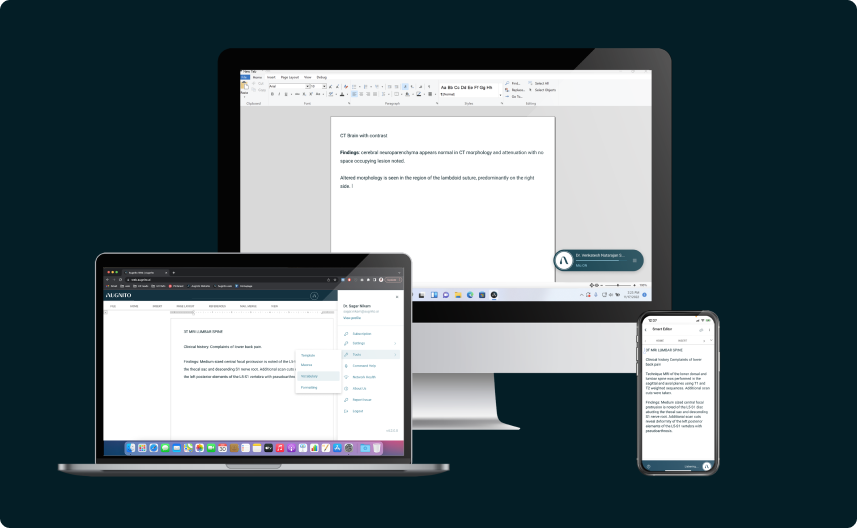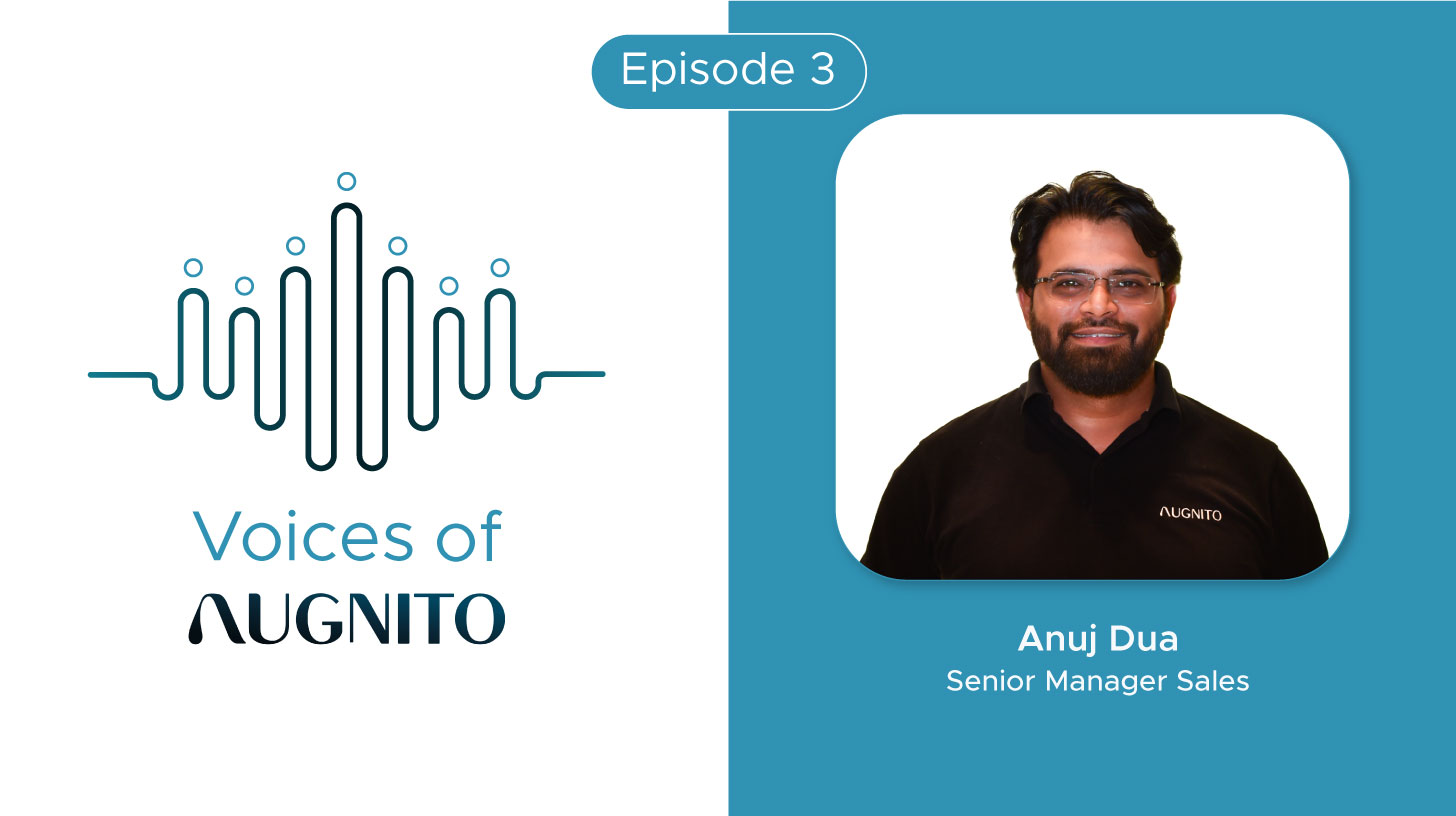Are you a Chief Technology Officer (CTO) in healthcare?
If so, you’re at the cutting edge of bringing in new technology to improve patient care, make things run smoothly, ease the load on doctors, and set your organization up for success. One such transformative technology that deserves your attention is medical speech recognition.
Medical speech recognition technology is not just a convenience; it’s a game-changer in the healthcare industry. As CTO, getting to know this technology and putting it to work can dramatically enhance care quality and patient satisfaction, while making life easier for your staff day-to-day.
In this article, we explore the top 10 reasons why speech recognition technology should be a top priority for every healthcare technology head working at modern hospitals today. From improving the speed and quality of documentation to supporting decision-making and ensuring compliance with health regulations, speech recognition has the potential to revolutionize your healthcare organization’s approach to care delivery.
Reason 1: Significantly Reduces Physician Burnout
Are your doctors feeling the weight of endless paperwork and data entry? It’s no secret that excessive documentation is a major culprit behind physician burnout. But what if there was a way to dramatically reduce the time doctors spend on these soul-crushing administrative tasks?
Enter speech recognition technology – the ultimate burnout buster.
Studies have shown that excessive documentation leads to physician burnout. By implementing doctor dictation software you can dramatically reduce the time physicians spend on documentation, allowing them to focus on what they do best – providing exceptional patient care. Imagine the positive impact on physician morale and job satisfaction when they can dedicate more time to meaningful interactions with patients, rather than being bogged down by administrative tasks.
A study by Sean T Gregory , Terri Menser, and Brian T Gregory observed the implementation of a workload intervention in primary care clinics. Among physicians in clinics receiving the intervention, the results showed a significant decrease in the emotional exhaustion dimension of burnout by 6.989 units (p = 0.039). By implementing speech recognition software, healthcare organizations can provide their physicians with a powerful tool to avoid the risk of burnout.
Reason 2: Improve Clinical Documentation Accuracy
Traditional manual documentation methods are prone to errors, inconsistencies, and omissions, which can have serious consequences for patient safety and treatment outcomes. On the other hand, medical voice recognition solutions ensure a higher level of precision in capturing patient information. By converting spoken words directly into structured data, speech recognition technology minimizes the risk of transcription errors and ensures that critical details are accurately recorded.
Real-world case studies demonstrate the positive impact of speech recognition on clinical documentation accuracy. Apollo Hospitals, one of the largest healthcare groups in Asia, implemented Augnito’s AI-powered speech recognition solution across their network of hospitals. The case study highlights how Augnito’s technology helped Apollo Hospitals achieve a remarkable 99% accuracy rate in their clinical documentation, significantly reducing transcription related medical errors and improving the quality of patient records. Dr. Sangita Reddy, Joint Managing Director of Apollo Hospitals, noted that the enhanced accuracy not only elevated patient care but also streamlined clinical workflows and boosted physician satisfaction.
Reason 3: Streamlines Workflow and Increases Efficiency
By eliminating the need for manual transcription and data entry, healthcare speech recognition solutions enable clinicians to complete documentation tasks faster and more accurately. Case studies have demonstrated substantial time savings, with some organizations reporting up to 50% reduction in documentation time.
These efficiency gains translate into increased productivity, allowing your clinical staff to see more patients, provide better care, and optimize resource utilization. As a CTO, you can leverage these workflow enhancements to drive operational cost savings and improve overall organizational performance.
Reason 4: Supercharge your current EHR Solution
One of the key concerns for healthcare CTOs when adopting new technologies is the ease of integration with existing systems, particularly Electronic Health Records (EHRs). Fortunately, modern medical dictation and speech recognition softwares are designed to seamlessly integrate with various EHR platforms.
Leading speech recognition technology providers offer robust APIs and integration frameworks that allow for seamless data exchange between the dictation software and your EHR system. With successful integration, your clinical staff can enjoy a unified, streamlined experience, where dictated notes are automatically populated into the appropriate fields within the EHR, saving time and reducing the risk of data entry errors.
Reason 5: Supports Telemedicine Initiatives
Telemedicine has emerged as a vital component of modern healthcare delivery, especially after the COVID-19 pandemic. Speech recognition technology plays a crucial role in enhancing telehealth services by facilitating remote patient care documentation. With voice recognition technology in healthcare, clinicians can easily dictate notes during virtual consultations, ensuring accurate and timely documentation of patient encounters.
This capability is particularly valuable for remote monitoring and follow-up visits, where clear and comprehensive documentation is essential for continuity of care. By supporting your telemedicine initiatives with speech recognition solutions, you can expand access to care, improve patient satisfaction, and maintain high-quality documentation standards across virtual and in-person interactions.
Reason 6: Safeguard Patient Information with Advanced Security
Data security and patient privacy are top priorities for healthcare organizations, and modern medical dictation tools and apps are designed with these concerns in mind. Modern medical voice recognition solutions adhere to the highest security standards, including HIPAA compliance, to ensure the confidentiality and integrity of patient information. These technologies employ advanced encryption protocols, secure data transmission, and robust access controls to safeguard sensitive patient data. By implementing clinical-based speech recognition software solutions, you can have peace of mind knowing that your patient’s information is protected at every stage of the documentation process.
Additionally, by reducing the need for manual transcription and data entry, you minimize the risk of unauthorized access or data breaches, further strengthening your organization’s security posture.
Reason 7: Gain a Competitive Edge in Patient Care
AI-based speech recognition technology empowers contemporary healthcare organizations to enhance patient interactions and improve overall satisfaction. By freeing up clinicians’ time from administrative tasks, they can dedicate more attention to building strong patient relationships, addressing concerns, and providing personalized care.
Moreover, speech recognition solutions contribute to creating an adaptable, future-ready infrastructure that can easily integrate with emerging technologies such as AI diagnostics, telehealth expansions, and IoT in healthcare. By deploying clinical speech recognition early on, you position your organization as a leader in innovative patient care solutions, setting yourself apart from competitors and attracting patients who value cutting-edge technology and superior care delivery.
Reason 8: Transform Data into Actionable Insights
Speech recognition technology goes beyond mere dictation; it unlocks a wealth of structured data that can be leveraged for actionable insights. Every voice input captured by the software is not just converted into text but also tagged with relevant metadata, such as patient demographics, clinical terms, and timestamps. This structured data serves as a valuable resource for data analytics and decision support.
By analyzing the rich information generated from speech-to-text conversions, you can gain deeper insights into patient care trends, identify areas for quality improvement, and optimize operational processes. For example, you can use the data to track the prevalence of certain conditions, monitor treatment outcomes, and identify bottlenecks in clinical workflows.
These insights enable data-driven decision-making, empowering you to allocate resources effectively, improve patient outcomes, and drive continuous improvement across your organization.
Reason 9: Maximize Your Technology Investments
As a healthcare CTO, another of your key responsibilities is to ensure that technology investments deliver maximum value and ROI. Rest assured, implementing speech recognition technology can help you amplify the returns on your existing EHR investment. By seamlessly integrating with your EHR system, speech recognition solutions enhance its usability, adoption, and overall effectiveness. Clinicians can effortlessly navigate the EHR interface using voice commands, reducing the time spent on manual data entry and increasing user satisfaction.
Additionally, the cost savings associated with speech recognition technology are substantial. By reducing documentation time, minimizing transcription costs, and improving overall efficiency, you can realize significant financial benefits.
Reason 10: Future-Proof Your Healthcare Facility
Speech recognition technology is a future-proof investment that can adapt to emerging trends and challenges in healthcare. As the technology continues to advance, it will offer even more sophisticated capabilities, such as real-time clinical decision support, intelligent documentation assistance, and seamless integration with other cutting-edge technologies like artificial intelligence and machine learning.
Moreover, speech recognition solutions can cater to the diverse needs of your clinical staff, accommodating different accents, dialects, and speaking styles. This inclusivity ensures that every member of your team can leverage the technology effectively, regardless of their background or language proficiency.
By prioritizing speech recognition technology, you are not only addressing today’s challenges but also laying the foundation for a more efficient, data-driven, and patient-centric future.
Navigating Implementation: Strategies for Success
While the benefits of speech recognition technology are clear, implementing it successfully requires careful planning and execution. As a healthcare CTO, you play a vital role in guiding your organization through the adoption process.
Here are some strategies to ensure a smooth and effective implementation:
- Engage stakeholders: Involve clinical staff, IT teams, and administrative personnel in the planning and decision-making process. Seek their input, address their concerns, and communicate the benefits of speech recognition technology clearly.
- Choose the right solution: Evaluate different speech recognition software options based on factors such as accuracy, integration capabilities, security features, and user-friendliness. Consider conducting pilot tests to assess the suitability of the technology for your organization.
- Provide comprehensive training: Invest in thorough training programs to ensure that all users are comfortable and proficient with the speech recognition software. Offer ongoing support and resources to address any challenges or questions that arise during the adoption process.
- Optimize workflows: Collaborate with clinical teams to identify opportunities for workflow optimization using speech recognition technology. Streamline processes, eliminate redundancies, and ensure seamless integration with existing systems.
- Monitor and measure success: Establish clear metrics to track the impact of speech recognition technology on documentation accuracy, efficiency, and user satisfaction. Regularly assess performance, gather feedback, and make data-driven improvements to maximize the benefits of the technology.
Final Thoughts
In conclusion, as a healthcare CTO, you have the power to revolutionize your organization by prioritizing speech recognition technology. From reducing physician burnout and improving documentation accuracy, to streamlining workflows and enhancing telemedicine capabilities, the benefits are undeniable.
Speech recognition is not just a trend – it’s the future of healthcare. By investing in this game-changing technology now, you position your organization as an innovative leader in patient care. You empower your clinical staff with tools that boost efficiency and job satisfaction. Most importantly, you directly contribute to better health outcomes for the patients you serve.
Discover how Augnito can transform clinical documentation at your organization. Our experts will walk you through the platform, discuss integration with your existing systems, and develop a customized implementation plan to ensure a seamless transition.
The future of healthcare is voice-powered. Be the visionary leader who brings this transformative technology to your organization. Your physicians, staff, and patients will thank you.
Sign up for a 7-Day Free Trial Today or Request a Free Demo Now.



